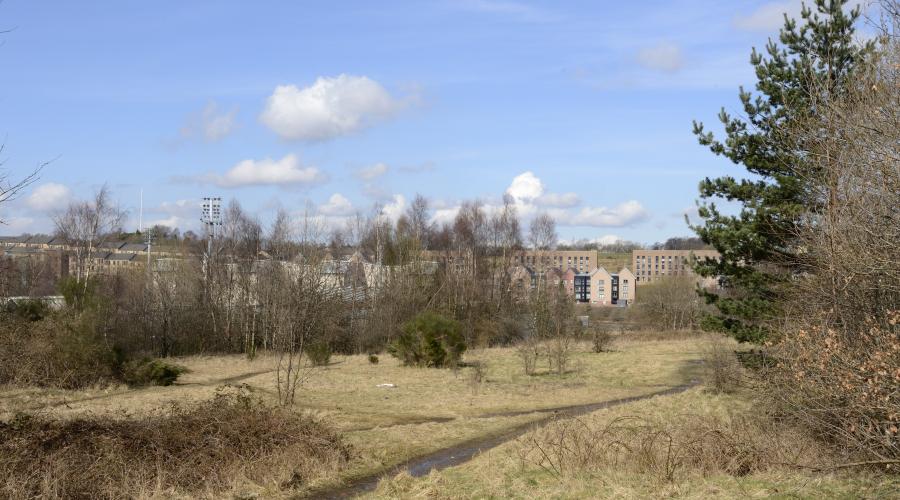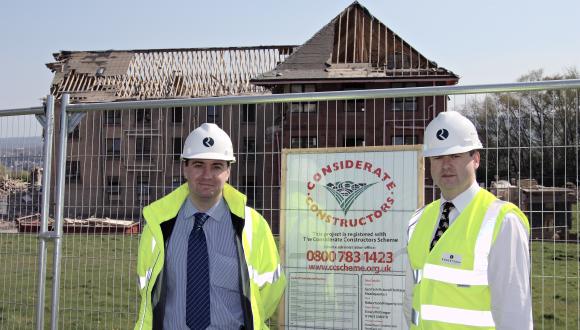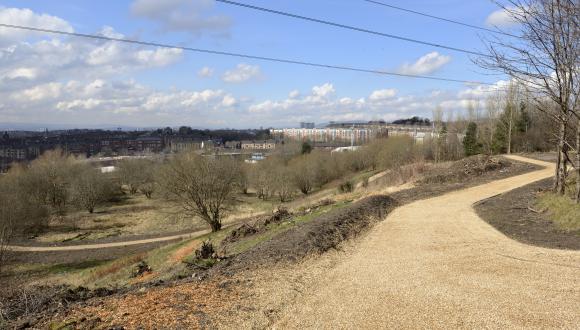
Guidance for development management planners
Scottish Planning Policy and strategic and local development plans guide planners who make day-to-day decisions on habitat networks and development.
Policy perspective
The Scottish Planning Policy stresses the importance of facilitating the implementation of habitat networks through planning. Find out more about habitat networks in policy and legislation.
To ‘embed’ habitat networks in the planning system, this guidance must be taken on board when strategic and local development plans are produced. But this process is likely to take time, with development management carrying on in the meantime.
You must, therefore, consider networks on an ongoing basis, possibly with only limited policy guidance.
Existing regional planning
Networks already modelled in Scotland include:
- Glasgow and Clyde Valley Green Network
- Edinburgh and the Lothians forest habitat network
- Grampian forest habitat network
Maps that show core areas and potential locations for habitat creation or land management changes may already exist for network areas. Planners can access and take these maps into account when making planning decisions.
Starting from scratch
Where maps of networks and clear guidance from strategic and local plans aren’t yet available, you’ll need to use a less robust method to ensure networks are part of planning decisions.
Consider ways to reduce or avoid habitat fragmentation likely to be caused by new developments.
There may also be scope to add structural connectivity between existing areas of habitat. Some species rely on physical links, and the creation of additional habitat will likely benefit the area’s wider biodiversity.
Structural connectivity may also have socio-economic benefits, e.g. by enhancing the visual appeal of a place or providing recreational opportunities.
To create structural links within new developments, you can use:
- land cover maps
- aerial photographs
- your own site knowledge
- colleagues’ and partners’ site knowledge
Environmental assessment
Planners also have a role in avoiding further habitat fragmentation – and not only under the biodiversity duties of the Nature Conservation Act.
For example, the Environmental Impact Assessment of a new development proposal should consider its impacts on flora and fauna. Developments that will cause habitat fragmentation could adversely affect local biodiversity. You should seek ways to mitigate any such impacts.
Pre-application talks offer a good opportunity to discuss habitat networks with potential developers. Ask applicants to consider how they can both safeguard and enhance habitat connectivity as part of their plans.





